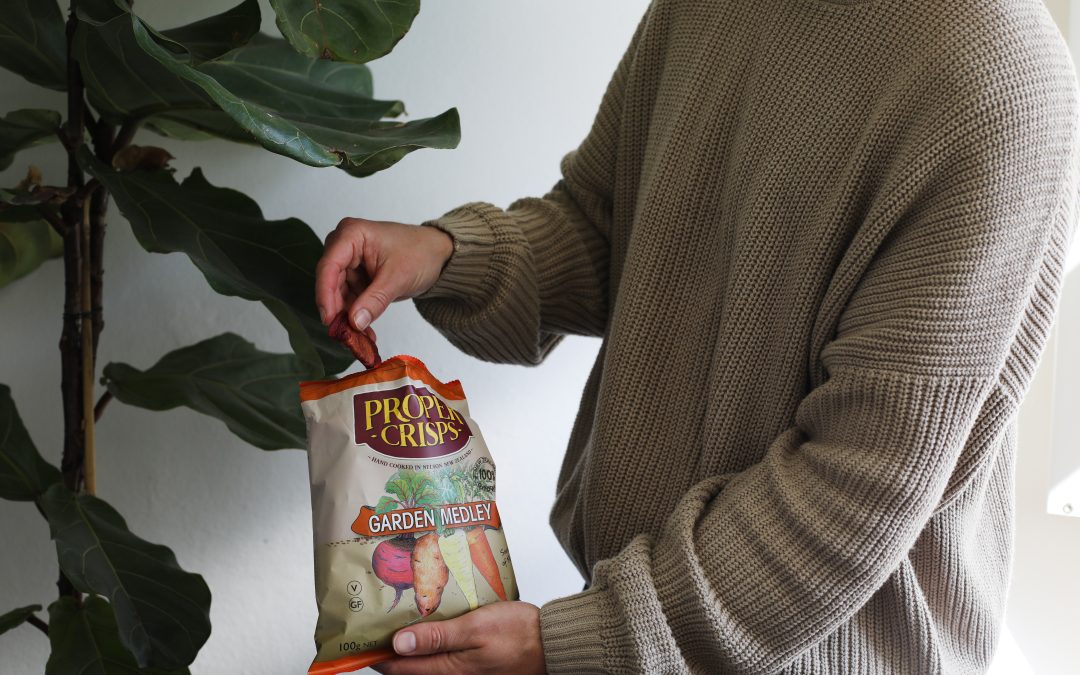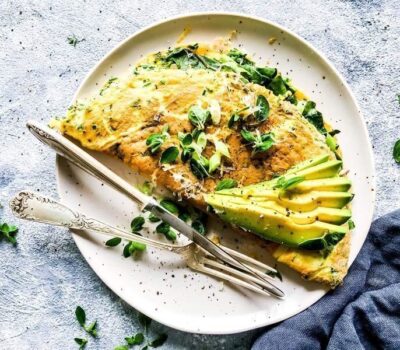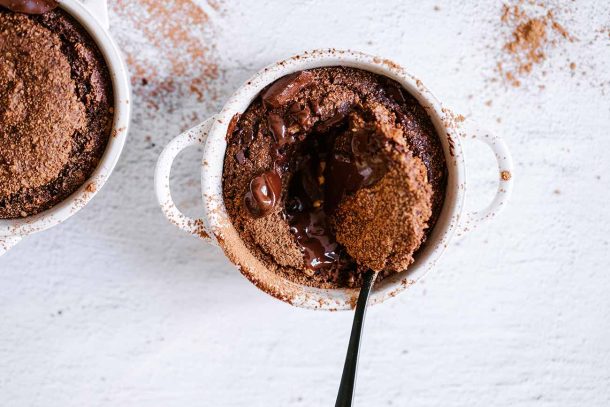Snacking has become entrenched into western culture over the years and there are many opinions on this. Our opinion … it depends. It depends on the snacks themselves, the quantity, the frequency of consumption, the influence on blood sugar, the way one snacks and individual biochemistry and health. Since it is likely that snacking is here to stay, our choices make a big difference.
Of these factors, one of the most important is the snacks themselves, that is whether they are on the whole beneficial or harmful. Of course this can be complex, however one of the easiest ways to discern this is to read the ingredients. The nutritional panels are also important to have an overview of calories and macronutrients, however the actual ingredients used is a better indication.
As a general rule, the less a food is tampered with and closer to its natural source, the better. This means it is important to look past the front of pack marketing, which may name healthy ingredients or state the product is gluten free or low fat, low calorie etc., giving the immediate impression of a healthy product, however the small print (the ingredient list) on the back of the packaging may tell a different story. The key things to look for are:
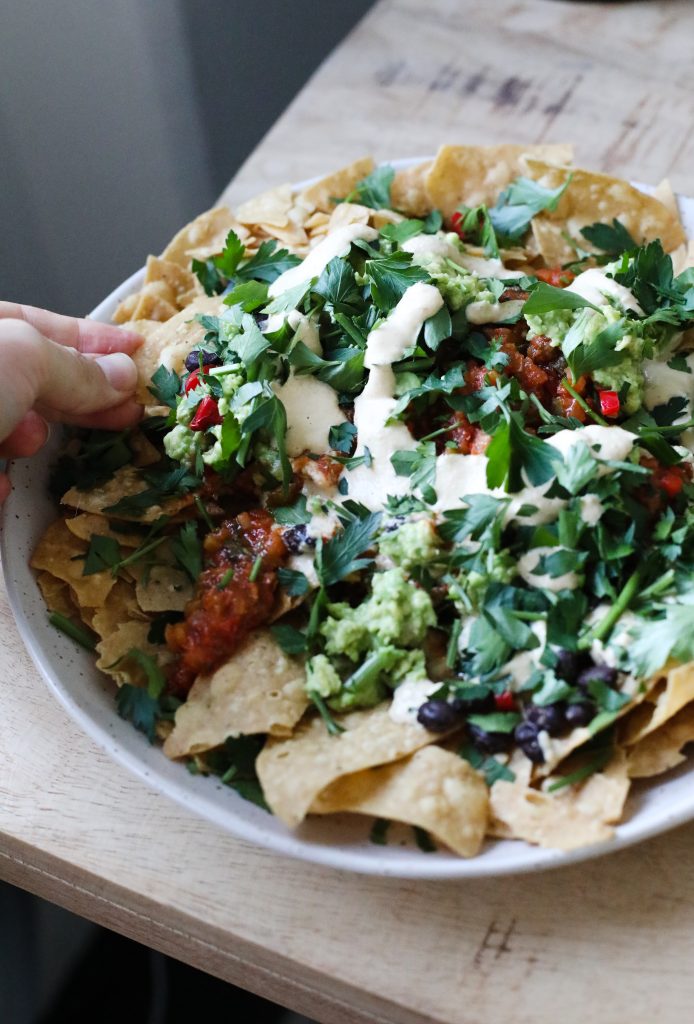
- Evidence of whole foods, avoiding genetically modified ingredients. Whole foods provide a range of nutrients and phytonutrients which will not necessarily be reflected on a nutritional panel. These whole foods should also be the primary ingredients. This is easy to identify as ingredients are listed in order of quantity included.
- Added sugar content … sugars of many forms have crept into foods, particularly snack food and as a society we have become accustomed to this highly addictive substance. Not only does this contribute to metabolic disorders, such as diabetes, it also contributes to our toxic load. Added sugars need to be listed on the ingredient list but may be disguised as dextrose, maltose, fructose (be particularly wary of high fructose corn syrup), malto-dextrin etc. Although not always thought of in the context of snacking, reaching for a sugary soft drink, or commercial juice, also equates to snacking, but not in a healthy way … it means consuming high calories, high sugar, often nutritionally devoid and chemically laden substances. Sugar is very frequently even found in savoury snacks.
- Additives… this is important … it is not just what is in a snack but what is NOT in it. Savoury snacks may contain a variety of flavour enhancers, such as monosodium glutamate (E-6210). For identification purposes, flavour enhancers may be listed between the E600 to E699 range. There may also be artificial colours, anti-caking agents, preservatives and / or artificial sweeteners.
- Many savoury snacks also contain fats/oils. The type of fat matters. Always look at the breakdown of fats, that is saturated, poly-unsaturated, mono-unsaturated and trans (partially hydrogenated) fats. It is best to avoid trans fats. Poly-unsaturated fats are very prone to oxidation damage when heated. Mono-unsaturated fats, such as olive oil, avocado and high oleic sunflower oils are more heat stable and therefore preferable. Most polyunsaturated oils are also high in linoleic acid, an omega 6 fat, widely considered to be inflammatory, although this has more to do with the ratio of omega 6 and omega 3 fats with a general tendency for the western diet to consist of excessive omega 6. Some oils, such as canola, are genetically modified and are best avoided.
Another very important factor in snacking is the way we snack. That means, checking in with whether the snacking is emotionally driven, out of boredom or habit…. Or driven by addictive substances hidden within the snacks. Is it instead of a meal? Eating mindfully for enjoyment and as part of an overall balanced and nutritional diet will have a significant impact on our choices and our health.
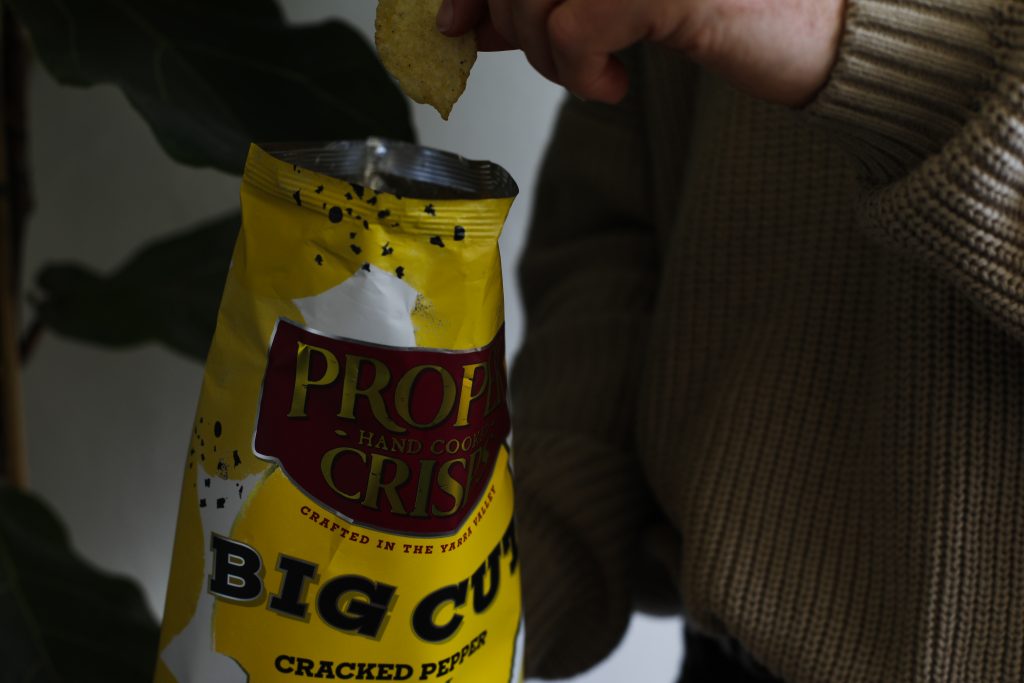
** This article was inspired by a collaboration with Proper Crisps who share our philosophy of using whole, simple ingredients. Their super delicious ‘Garden Medley’ crisps are made from beetroot, sweet potato, parsnip and carrot, grown in New Zealand by trust suppliers. They are hand cooked in heat stable high oleic sunflower oil and the only added ingredient is sea salt. There are also no genetically modified ingredients! Proper Crisps are a perfect example of how using real, proper ingredients is not only better for you, but tastes better, too. Proper Crisps are available from all leading retailers, so next time you’re craving a snack, make it proper!

